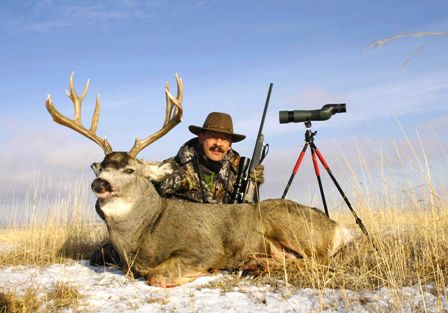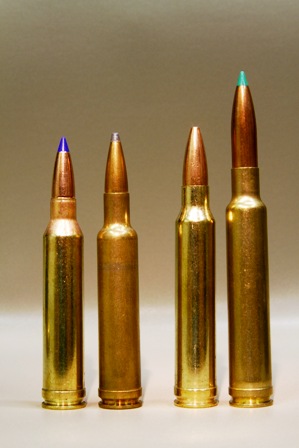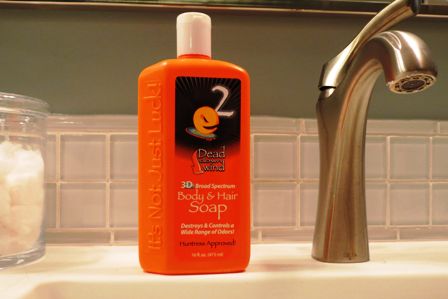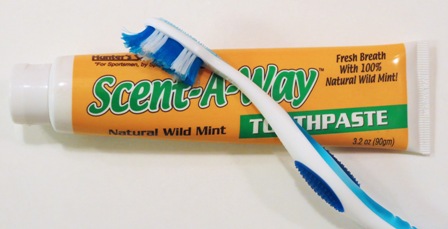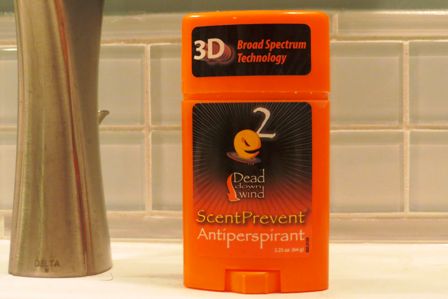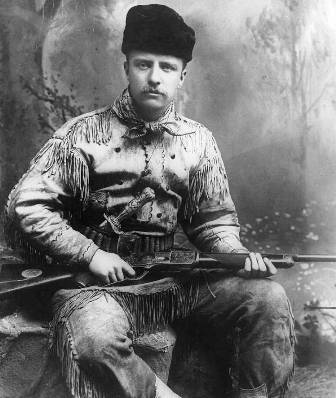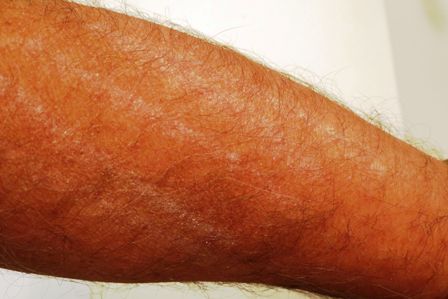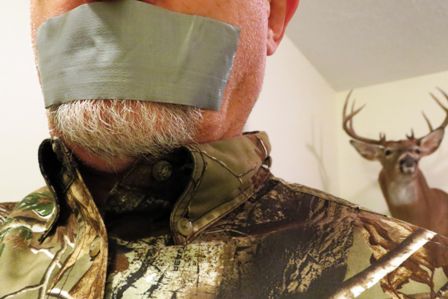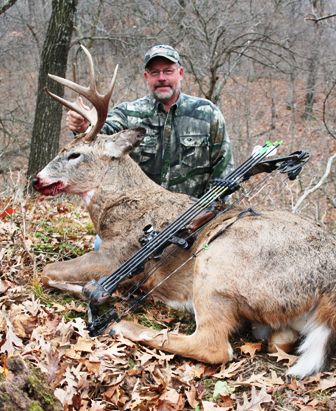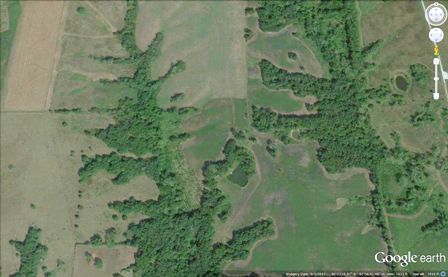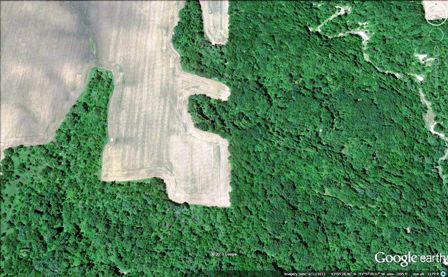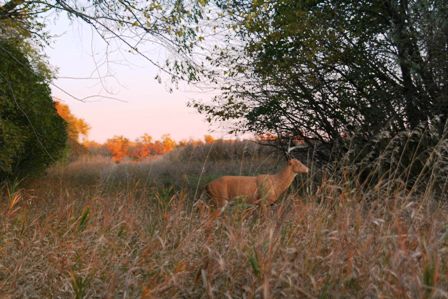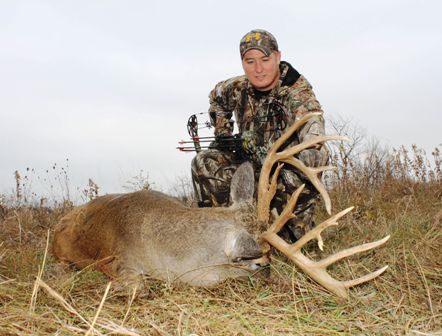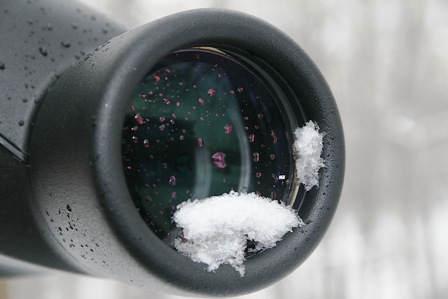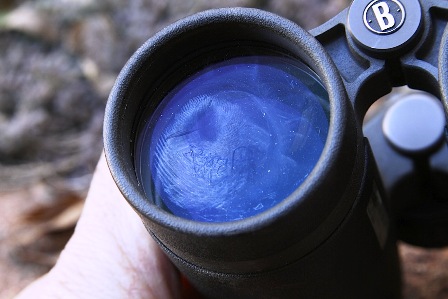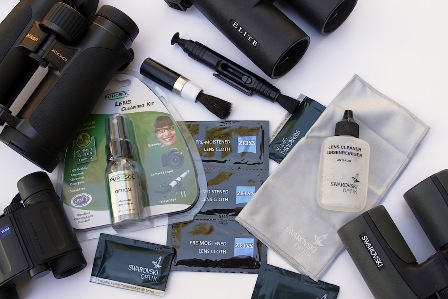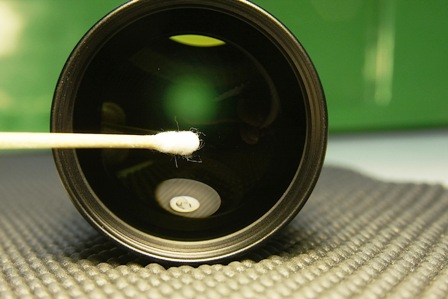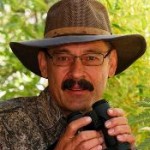by Ron Spomer
Tempted to go after those big, blocky, bouncing western muleys? Think about the shootin’ iron you’ll use.
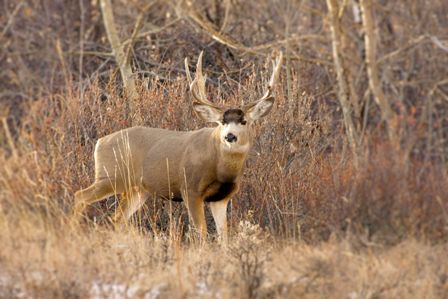
A hefty mule deer in mountain foothills brush. Although slightly larger than whitetails, mule deer are not super tough. Standard whitetail cartridges will handle them nicely, but flat shooting cartridges handle the open country best.
The whitetail was, is and always will be the most commonly hunted big game animal in North America. Yep – we can all agree on that. But mule deer tempt most ardent whitetail hunters to venture west for an adventure. When planning that western mule deer hunt, just which rifles and cartridges will you need?
Any legal firearm will make the kill. Yes, any will suffice for handling mule deer, which on average are slightly larger than whitetails, but by no means invincible. Plenty have been taken cleanly over the years with .30-30s and other cartridges today’s hunters think are underpowered. (Even a .22 rimfire – not that it’s legal – will take down a big game animal.)
So, does that mean any gun will do? Not quite. Before deciding, here’s what to consider:
- The shooter matters – Long-range rifles and cartridges are useless unless the shooter actually practices with them enough to be 100 percent reliable at those long ranges. So find a place where you can shoot to 300, 400 and even 500 yards. Then practice. A lot. If it turns out you’re only steady enough for 300-yard work, a relatively flat-shooting rifle/cartridge is still a smart idea because it maximizes your hit potential. Why struggle to compensate for slow bullet drop and wind deflection if you don’t need to?
- The caliber and bullet matter – Rather than detail every specific caliber, here is the range of calibers that make good long-range mule deer medicine, from smallest to largest:
- .243 Winchester: A bit small, but more than capable of terminating a big buck to 300 yards, perhaps 400 yards in the right hands. A 90- to 100-grain, controlled-expansion bullet such as Barnes TTSX, Swift A-Frame, Federal Trophy Bonded or Copper, Winchester Power Max Bonded, Hornady Interlock or Nosler Accubond is capable of reaching the vitals from any angle. For explosive destruction of heart and lungs, try a traditional cup-and-core bullet like the Nosler Ballistic Tip, Sierra Spitzer Boattail or Berger VLD (Very Low Drag). If you can wait for and deliver the perfect behind the shoulder broadside shot, a 70- to 90-grain varmint bullet (hollow point, Blitz King, etc.) can be devastating. This applies to larger calibers, too, but bullet selection is more critical in the smaller calibers.
- .25-06 Remington & .257 Weatherby Magnum: Both are amazing open-country mule deer rounds capable of taking down the biggest buck to 500 yards. The slightly faster .257 Weatherby may be the ultimate for big plains country. Use a 120-grain bullet to minimize wind deflection.
- .260 Remington, 6.5 Creedmoor, 6.5-284 Norma: Any of these hot .264 calibers are ideal for mule deer. Even the lower velocity ones can fire 140-grain bullets with such high ballistic coefficient ratings that they’ll deliver the goods at 500 yards. Recoil is next to nothing.
- .270 Winchester, .270 WSM and .270 Weatherby Magnum: A bit more recoil than you get from the 6.5s. Long range punch and reach are similar. With 130-grain to 140-grain bullets, the .27 calibers will bring home the venison.
- 7mm-08 Remington and .280 Remington: Running neck-and-neck with the .270s, these are less popular but just as capable. The 7mm-08 is ideal for recoil sensitive shooters. It has more than sufficient power out to 500 yards.
- 7mm Remington Magnum (and its friends): Any 7mm magnum spitting out 140- to 175-grain bullets at 3,000 fps or slightly faster can’t be beat for this job!
- .30-06: An oldie but a goodie. Study the ballistics of this classic round and you’ll be amazed to discover it runs neck-and-neck with the .270 Win and .280 Rem and darn close to even the .7mm Rem. Mag. Optimum may be 165-grain VLD bullets.
- .300 magnums: More power than absolutely necessary, but if you can handle the recoil and shoot them accurately, you’ll have no worries. Try 150-grain bullets for flattest trajectories, 180- to 200-grain BTSP for least wind deflection.
- The rifle matters – The classic platform for any of these cartridges is a bolt-action. Sturdy, durable, compact and light, bolt actions can be most easily tuned for extreme accuracy and long range. With a bit of practice you can learn to shoot them quickly and accurately. Do it right and you rarely need more than one shot.
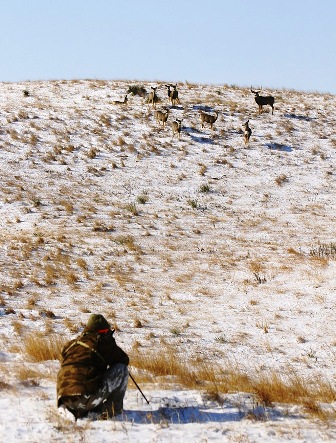
Hunters often spot mule deer at extreme range. Sneak closer and get them off the skyline before trying a shot. Practicing at 300 to 500 yards back home pays big dividends when the moment of truth arrives.
4. Knowing what matters, matters – Killing power isn’t the concern with mule deer rifles so much as reach and accuracy. Because mule deer are often spotted across hundreds of yards of open prairie or vast mountain valleys, rifles that can deliver a bullet within four inches of point-of-aim out to 500 yards are most useful. Believe me, if you earn your one-and-only shooting opportunity at extreme range after five days of hard hunting, you’re going to want to take it. If you use the right rifle, cartridge and bullet – and you properly prepare – you can do it.
If you haven’t the desire or funds for a new rifle, just bring your standard whitetail gun even if it’s a pump, autoloader or lever-action. Investigate new high performance ammunition and the sleekest bullets to increase your velocity and long-range reach. Most critically, practice shooting far in open country, especially in the wind. It’s often windy in mule deer country, and the hunter who knows how to compensate for the deflecting power of wind is way ahead of the curve. If you shoot a bullet with less-than-ideal velocity, knowing your bullet’s trajectory curve will compensate nicely.
Click here to read more great articles by Ron Spomer.
***
Ron is rifles/optics columnist for Sporting Classics and North American Hunter magazines and host of Winchester World of Whitetail on NBC Sports. Learn more at (www.ronspomeroutdoors.com)[hs_action id=”8272″]
28,031 total views, no views today


